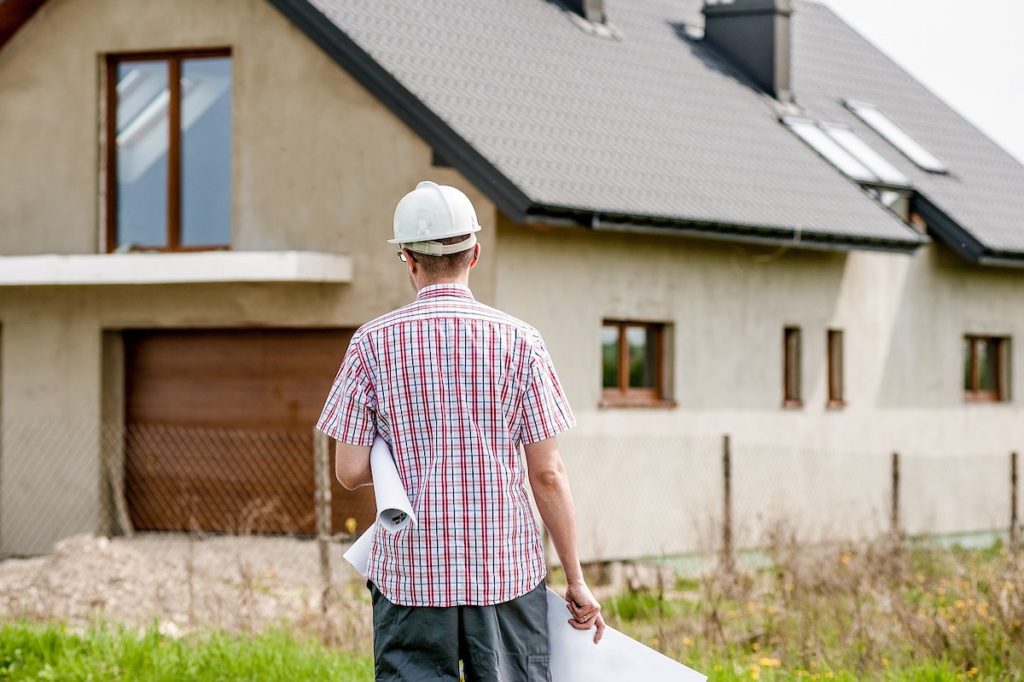Design and Function

In contemporary design, materials like wire and mesh are no longer just industrial elements—they’ve become integral to modern architectural expression. Practical features such as bird proofing solar panels are now seamlessly incorporated into rooftops without disrupting visual harmony. Even structured façades enhanced with aluminium battens show how practical function can elevate the aesthetic language of a building. These details, once hidden or secondary, are now playing a starring role in shaping form and function as one.
The pursuit of this balance—where design meets utility—has become a defining trait of thoughtful architecture. As buildings evolve to respond to environmental demands, lifestyle shifts, and sustainability goals, the materials and systems used must deliver more than just visual appeal. They must serve a purpose, often multiple purposes, without cluttering or complicating the design.

Good architecture tells a story. It reflects its environment, meets the needs of its occupants, and endures over time. But great architecture achieves all of that while looking effortless. That effortlessness, however, is often the result of meticulous planning, careful selection of materials, and the ability to integrate functional elements in a way that enhances the overall look of the structure.
Take screening systems, for instance. A well-designed screen can simultaneously provide sun control, enhance privacy, improve ventilation, and act as a striking design feature. Instead of treating these as separate needs, modern designers explore how a single feature can do all of them—without drawing attention to its utility.
Similarly, exterior cladding systems are being used in more innovative ways. These panels and coverings can support thermal regulation, conceal unsightly infrastructure, and protect a building from weather damage. Their geometry, spacing, and finish can be tailored to create dynamic shadows, rhythms, and depth across the façade. The result is a space that looks sculpted and intentional, while also being tough and protective.
On the rooftop, solar technology is a perfect example of this dual-purpose thinking. In the past, solar arrays were often seen as bolt-on solutions—efficient but visually intrusive. Today, these installations are not only integrated into building design but protected with components that preserve both performance and aesthetics. By designing with intention from the beginning, even the most technical elements become part of the design language.
The shift toward multi-functional materials is also driven by sustainability. Instead of using multiple layers to address separate concerns—thermal comfort, durability, shading—designers are turning to solutions that combine these outcomes. This approach reduces material waste, lowers maintenance needs, and creates simpler, cleaner outcomes.
One of the most notable changes in this space is the role of detailing. It’s often the unseen connectors, frames, and fasteners that determine whether a feature integrates well or stands out awkwardly. When well executed, detailing ensures that transitions are smooth, edges align, and each element flows logically into the next. This creates visual coherence and structural integrity in equal measure.
There’s also a renewed appreciation for honest materials—those that look like what they are and age naturally over time. Timber that silvers, metals that patina, and natural stone that wears underfoot all tell a story of use and context. By choosing materials that mature gracefully, buildings become part of their landscape rather than fighting against it.
This philosophy also extends to interior spaces. Finishes that perform—such as wall linings that improve acoustics, or floorings that offer slip resistance without compromising on texture—bring the same harmony of form and function indoors. The consistent use of multi-purpose materials creates a sense of calm and clarity throughout a project.
Importantly, these decisions also enhance the experience of the people using the space. When a home, office, or public area functions smoothly—when blinds respond to light, airflow is passive yet comfortable, and maintenance is low—it allows occupants to enjoy the space without distraction. The building supports the lifestyle rather than dictating it.
Designers and architects are increasingly collaborating with engineers, builders, and product manufacturers to ensure that their creative vision aligns with technical feasibility. This collaboration leads to smarter integrations—like using structural components as design features or hiding systems within aesthetic frameworks. The earlier this collaboration starts, the more cohesive the result.
What’s clear is that the line between what looks good and what works well is being deliberately erased. Projects that embrace this mindset feel fresh and forward-thinking, yet grounded in practicality. They avoid flashy trends and instead invest in details that will last.
All in all, blending architectural form with practical function isn’t about compromise—it’s about synthesis. It’s about seeing utility as beautiful and beauty as purposeful. When the two come together seamlessly, the result is architecture that doesn’t just serve—it inspires.





